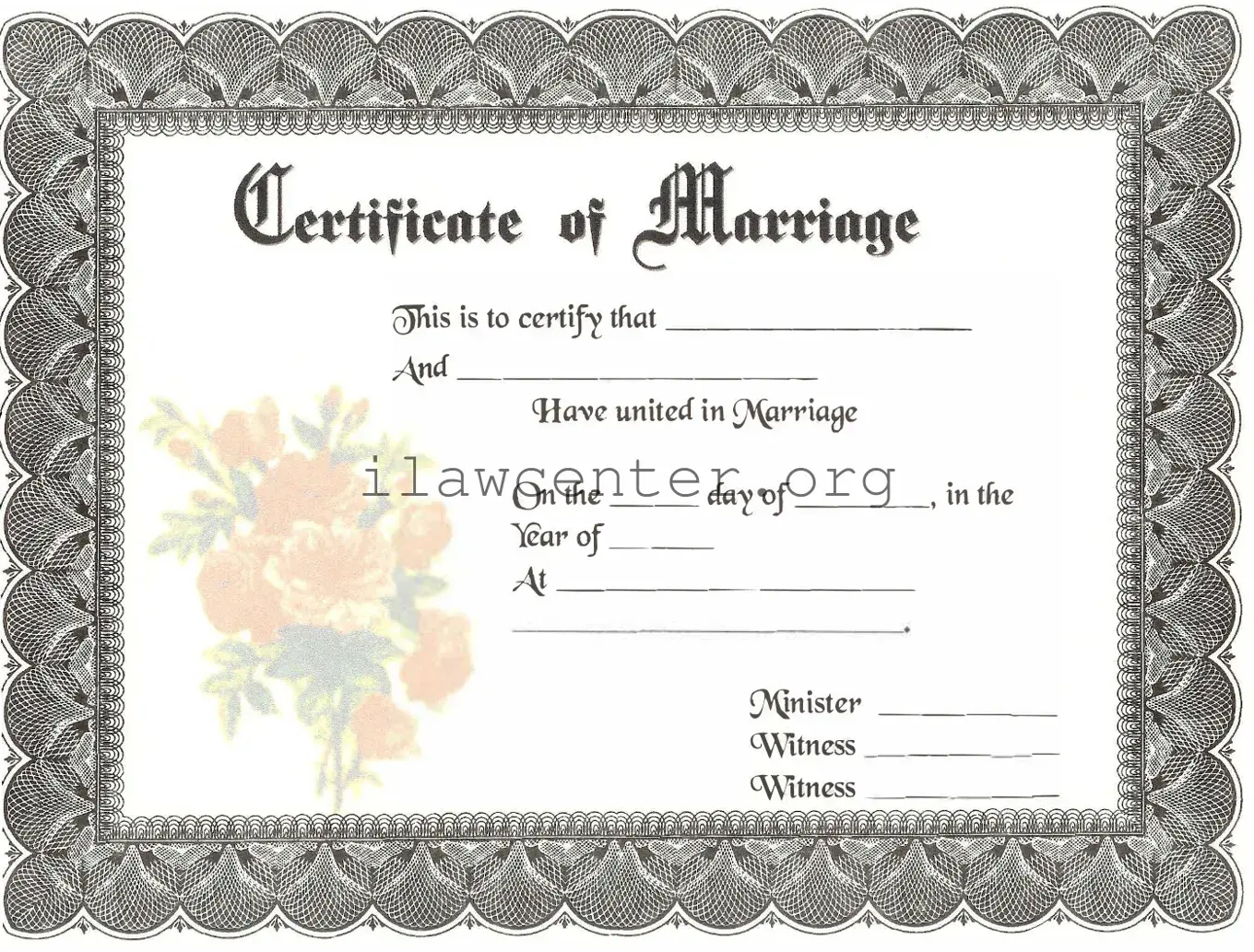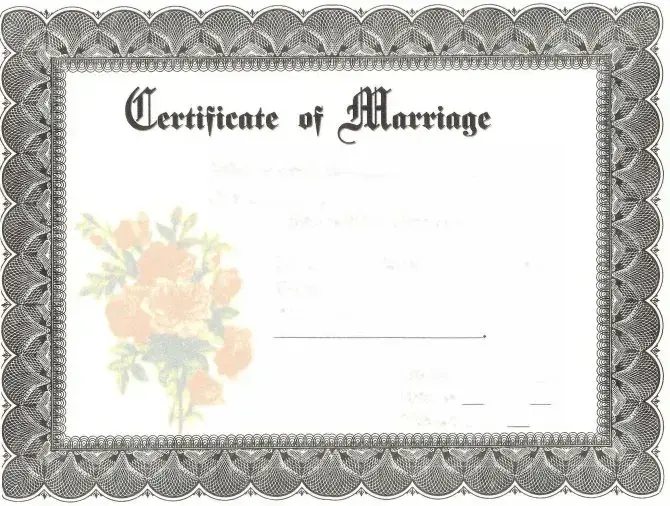What is a marriage certificate?
A marriage certificate is a legal document that recognizes the union between two individuals. Issued by a government authority, this certificate serves as proof of the marriage and typically includes essential details such as the names of the spouses, the date of the marriage, and the location where the ceremony took place.
How do I obtain a marriage certificate?
To obtain a marriage certificate, couples must apply through the appropriate state or local authority where the marriage took place. This process may vary by location but usually requires completing an application form and providing identification. There may be a fee involved, and some jurisdictions allow online applications while others require in-person visits.
Do I need to be married to apply for a marriage certificate?
No, you do not need to be currently married to apply for a marriage certificate. However, you can only obtain a marriage certificate for marriages that have already taken place. If you are seeking to get married and need a marriage license, that is a different document that must be obtained prior to the wedding.
How long does it take to receive a marriage certificate?
The timeline for receiving a marriage certificate varies by jurisdiction. In some places, it may take just a few days, while in others, it could take several weeks or even longer. It is advisable to check with the local office to understand their specific processing times and any potential delays.
Can I get a copy of my marriage certificate if I lost the original?
Yes, if you lose your original marriage certificate, you can request a certified copy from the local or state authority that issued the original document. Typically, a formal request, along with any necessary fees and identification, will be required. Your marriage remains legally valid, and a certified copy will serve the same purpose as the original.
Is the marriage certificate public record?
Yes, in most jurisdictions, marriage certificates are considered public records. This means that they can be accessed by the public, although there may be restrictions on who can obtain copies and for what purpose. For some states, only the individuals named in the marriage certificate can request copies, while others may allow wider access.
What information is commonly found on a marriage certificate?
A marriage certificate typically includes the full names of both spouses, their ages or birth dates, the date of the marriage, the location of the marriage, and the names of the officiant and witnesses. Some jurisdictions may include additional details, such as parental consent for minors or the license number.
Can I change my name on the marriage certificate?
A marriage certificate itself does not typically include name changes, and you will need to file for a name change separately after marriage. However, it is common for individuals to choose to take their spouse's last name after marriage. If you do change your name, it is essential to update your identification and pertinent records accordingly.
What should I do if my marriage certificate contains errors?
If you find an error on your marriage certificate, it's crucial to address it as soon as possible. Contact the issuing authority to understand their process for correcting mistakes. You may need to provide documentation to support your claim, and there may be forms to fill out and fees to pay for the correction.
Can I get a marriage certificate if I was married in another state or country?
If you were married in another state or country, you must request your marriage certificate from the office that issued it in that specific location. Each state or country has its own process for obtaining copies. It's advisable to check the requirements and submit the necessary information to receive your document.

